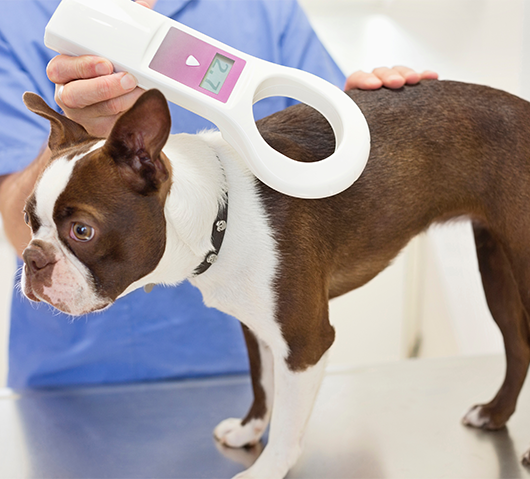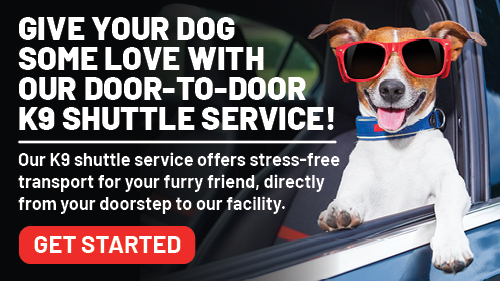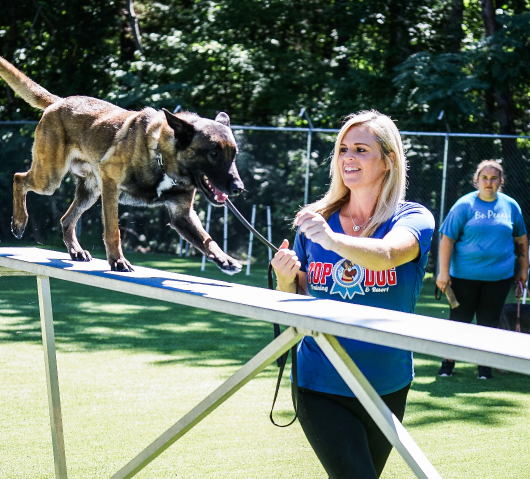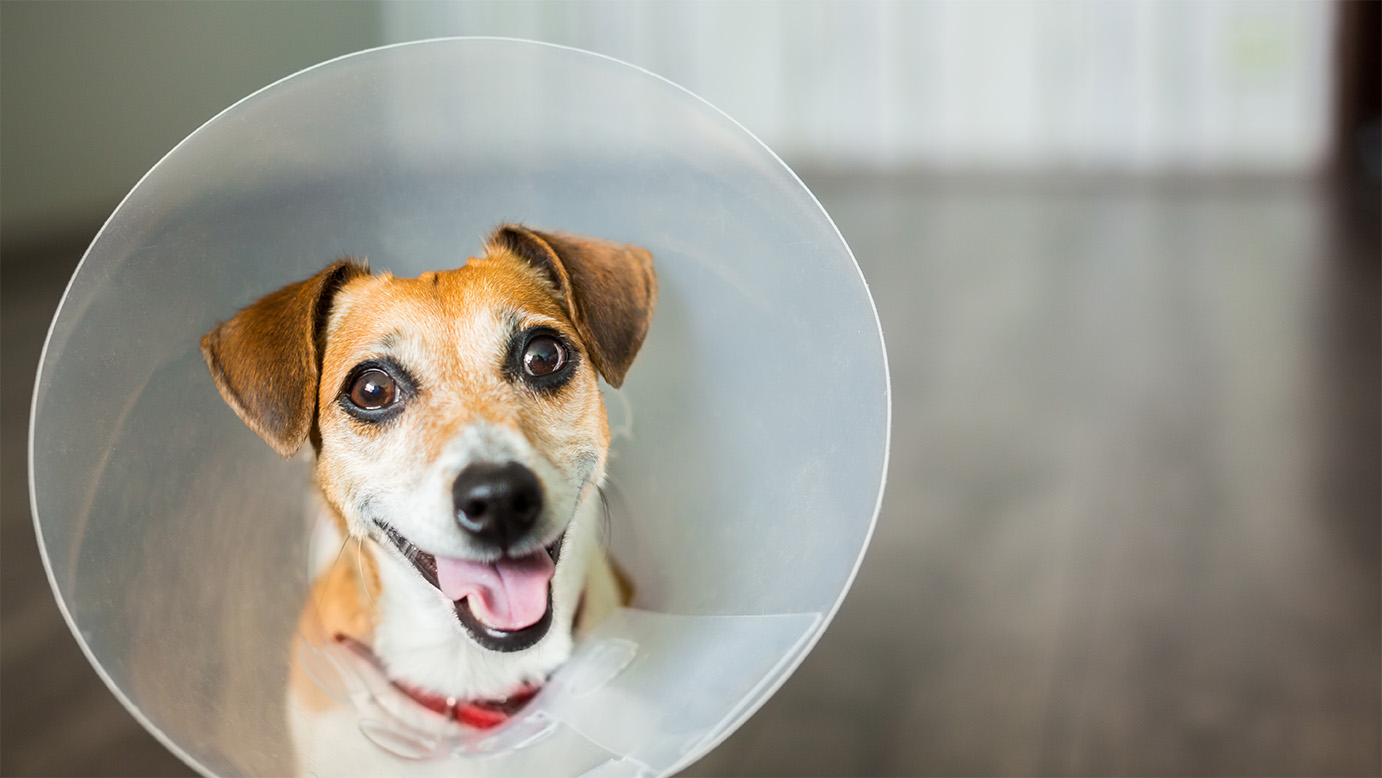
Even the best-behaved dog can get lost. An unexpected noise can trigger their innate flight instinct during a hike, and before you know it, they’re lost in the woods.
For a pet owner, it’s a terrifying prospect. However, there are a few ways to increase your chances of being reunited with your furry friend, and the most important is ID microchipping.
If you’re unsure about microchipping your dog, ask the experts! Top Dog Training and Resort is the best dog trainer near me in Durham, NC, Chapel Hill, NC, and Mebane, NC, and we are passionate about pets!
At our state-of-the-art dog day training center, we offer dog training day school, boarding, grooming, and board dog training.
We understand that your dog is an important member of your family, and that is why we want to tell you about the importance of ID microchips.
What is An ID Microchip?
An ID microchip is a very small computer chip (about the size of a grain of rice) with a unique identification number. It is implanted under your dog’s skin using a syringe, like a standard vaccine.
The procedure itself is quick and safe. It causes brief, minor discomfort in the same way that a shot does. Just like you would rather your dog get a rabies vaccine than rabies, it is better for your pet to be microchipped than to get lost for good.
Once you microchip your pet, it is imperative that you register your identification number with the national microchip database and keep your contact information up to date.
When a lost pet is brought into a shelter or vet, they are immediately scanned to see if they have an ID microchip. The scanner transmits a radio signal to the chip, which response with its identification number.
Then, the shelter can check the identification number database, get your contact information, and return your dog.
ID microchips don’t require any maintenance, although it’s a good idea to ask your veterinarian to scan the microchip during your dog’s annual wellness visit to make sure it is easy to find and still working.
Why Should You Microchip Your Pet?
You may be saying to yourself, “My dog already has an ID tag on its collar! Why do I need a microchip?”
ID tags and collars can break off easily, or they can be removed by a dog-napper. Even when the tags stay on, they can become difficult to read due to wear and tear. However, an ID microchip is permanent and unique.
Not to mention, microchipping your pet gives you peace of mind. If your dog chases a squirrel or gets anxious and runs away, you know that when your dog is found, the ID microchip will lead them home.
But don’t take our word for it! A 2009 study from Ohio State University found that microchipped dogs were 2.5 more likely to be reunited with their families. 52.2% of microchipped dogs were returned home, compared to only 21.9% of unchipped dogs.
Microchipping your dog is simple, safe, and effective! It’s the best way to ensure that you never lose your furry friend.
K9 Boarding and Training with Top Dog
When you’re looking for the best dog trainer near me, look no further than Top Dog! We have a history of providing superior service to the Triangle area, including Durham, NC, Chapel Hill, NC, and Mebane, NC.
Our balanced approach to dog training takes every dog’s unique needs and skills into account, and we create a caring, fun learning environment that your dog will love coming back to.
Our K9 boarding and training facility was designed with your dog in mind. We offer a dog day training center, board dog training, grooming, and boarding. We even have a shuttle service to pick up and drop off dogs!
Don’t wait! Contact us today to pamper your pooch.












